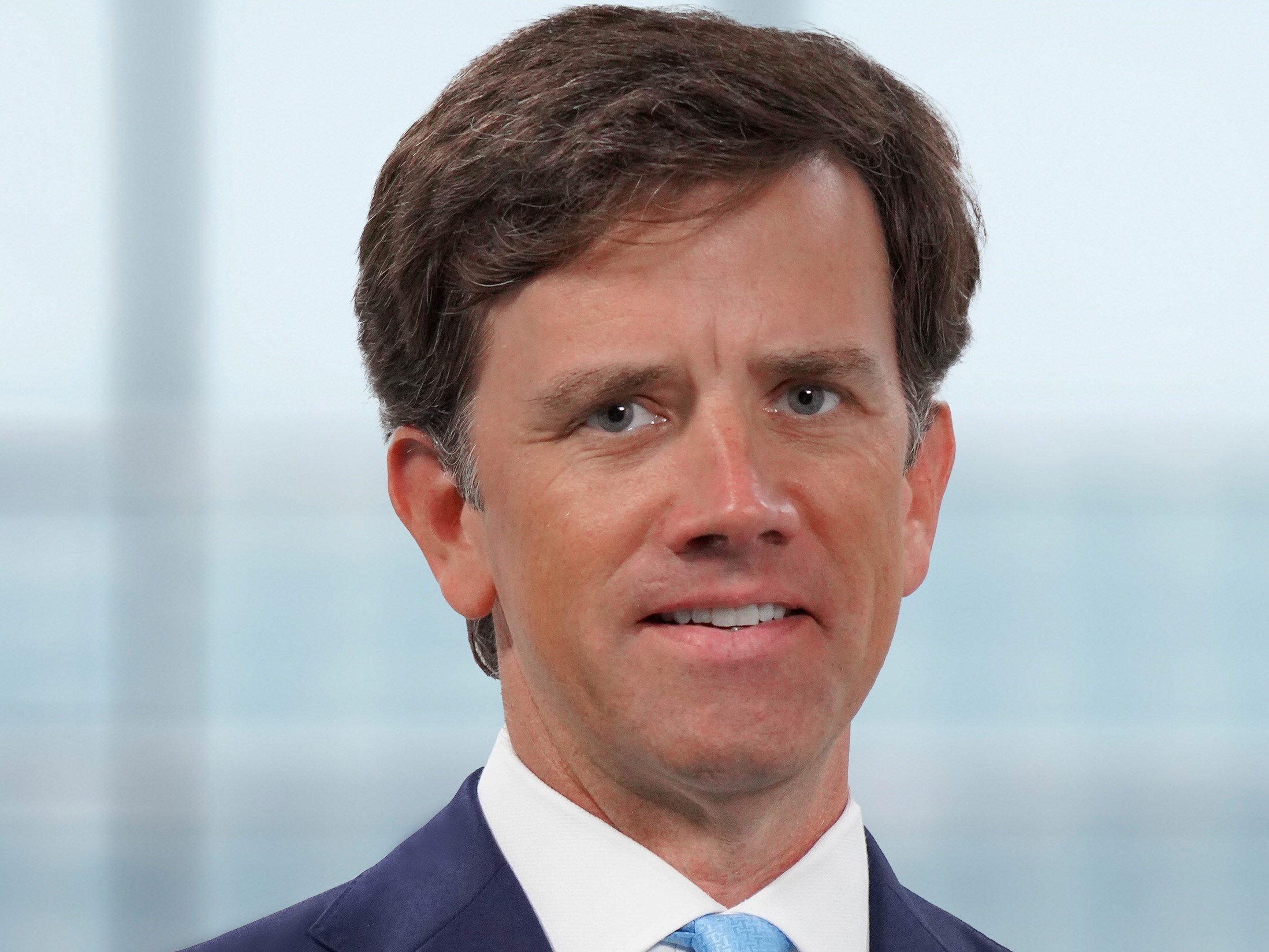Key Management Liability Risks to Monitor and Address Amid Today’s Digital Transformation
Executive risks coverage (also known as management liability coverage) hasn’t changed much in the past 20 years, but the world has moved on from analog days. And although this coverage is still considered an essential tool for protecting businesses against the possibility of litigation, executive risks are impacting businesses more and more. Executive risks and digital risks are now intimately linked, and it’s becoming increasingly difficult to separate the two.
The digital transformation of businesses has created new types of exposures while exacerbating existing ones. No longer are executive risks limited to the office; they now penetrate digital channels both in our work-from-home setup and our traditional workplace.
Because the insurance industry largely uses outdated processes that don’t capture real-time changes to businesses and their exposures, most current executive risks coverage doesn’t accurately reflect the ever-changing nature of risks that businesses face today. Coverage requires a new “active” insurance model that allows companies to continuously monitor and address the evolving risks a business faces.
As businesses adapt to the new normal, it’s important they also stay informed on how risks are evolving and what they can do to steer clear of liabilities in an increasingly risky environment.
Risks Evolve with a New High-Speed Facade
The digital landscape doesn’t just introduce a new set of risks for executives to consider and manage; it also transforms existing ones. Directors and officers (D&O) insurance typically protects the personal assets of business executives who are sued based on the actions taken in their role within a company. Examples of traditional D&O risks include breach of duty, negligence, errors and misleading statements. While these risks still exist, they’ve evolved in the digital environment.
Everything is faster because of technology, meaning that risk managers need to monitor multiple areas and be able to mitigate risk in real time. Key D&O risks include:
- Shareholder Litigation: News travels faster than ever. A company’s shareholders are able to pay closer attention to a business’s publicly known actions. When news of a company’s questionable decision breaks, we see social media used to escalate issues and mobilize shareholders to denounce a company’s actions.
- Reputational Risk: In the pre-digital era, this could come in the form of negative newspaper articles or maybe even petitions or picketing outside of a company. Now, reputational risk includes negative online presence — whether that’s Google, social media or a job platform, the impacts of which are long-lasting.
- Price-Fixing and Collusion: Traditionally, a company’s management might be targeted for claims after meeting at a trade association and agreeing that prices on a particular product would need to be higher due to the increased cost of supplies. Now, company leaders have digital means to track the competition’s prices, potentially increasing a company’s exposure to antitrust claims.
These executive risks are exacerbated by the shifting digital landscape. They can also result in employment practices liability (EPL) concerns, for example, where online communication channels provide new avenues for traditional risks to proliferate and evolve, leading to litigation against a company.
EPL insurance covers business owners’ costs related to lawsuits that stem from employment-related claims, such as discrimination, harassment and wrongful termination. Key EPL risks to watch include:
- Harassment: Claims of workplace harassment are no longer limited to in-office interactions. The digital economy involves new and often unmonitored outlets for employees to interact, including email, texts, private messaging and video conferencing — all of which can foster harassing behaviors in a company.
- Privacy Concerns: The remote work environment has led some businesses to adopt employee tracking or monitoring systems to ensure that employees are getting work done during their work hours. While this practice can reveal productivity details, it could also violate privacy regulations, especially when this software is installed on company-owned computers and employees aren’t notified or don’t provide written consent. Some companies also use this monitoring data as the basis for promotions and terminations. In some cases, such software’s accuracy in actually reflecting productivity has been questioned, which could result in wrongful termination claims or other employment claims being waged against a company manager.
- Class Action Suits: Digital transformation means that risks can strike harder and faster than ever. Plaintiff and class action attorneys can now leverage technology and social media to target businesses, find new clients and file employment claims en masse. While many of these lawsuits may be legitimate, not all are. For example, earlier this year, the district attorneys of San Francisco and Los Angeles filed a joint lawsuit against a law firm that filed “fraudulent” suits against more than 250 businesses in San Francisco, claiming they violated the Americans with Disabilities Act (ADA).
Not Just for the Big Companies
D&O and EPL insurance are often thought to be for large public companies, but the reality is that companies of all sizes can benefit from coverage.
Many smaller companies are under the impression that, because they’re not a large or public company, they won’t be sued or that whatever lawsuit comes their way can quickly be resolved. Of course, that’s not true. Unfortunately, small or new businesses are the most vulnerable to employment claims because they often do not have the experience, resources or expertise to recruit, hire, manage or fire employees successfully.
According to Coalition’s 2022 Executive Risks Report, 36% of small and midsize businesses (SMBs) with D&O coverage in the U.S. experienced a claim within the past two years, with the average cost exceeding $120,000 and the highest claim reaching the million-dollar mark. The same report found that 26% of companies with 100 or more employees experienced an EPL claim within the past two years, at an average cost exceeding $68,000.
SMBs often don’t have the balance sheet to cover the cost of these lawsuits. Without it, an organization’s leaders targeted by a lawsuit can be personally liable for the damages awarded in a case, potentially bankrupting the company and the individual.
To navigate the new digital landscape that has transformed traditional executive risks, companies need executive risks insurance that appreciates the added complexity of digital risks and can navigate a new environment.
How to Keep Up with the Speed of Risk
Active insurance can help companies react to and recover from digital risks more quickly by combining the power of scanning technology, real-time data analysis and comprehensive insurance coverage. It can detect potential issues quicker by scanning for specific violations. With more awareness of the risks, businesses can take the right steps at the right time to avoid costly litigation and fees.
With the new digital environment, SMBs need an active solution that can help them stay ahead of executive risks before they become a claim. &










